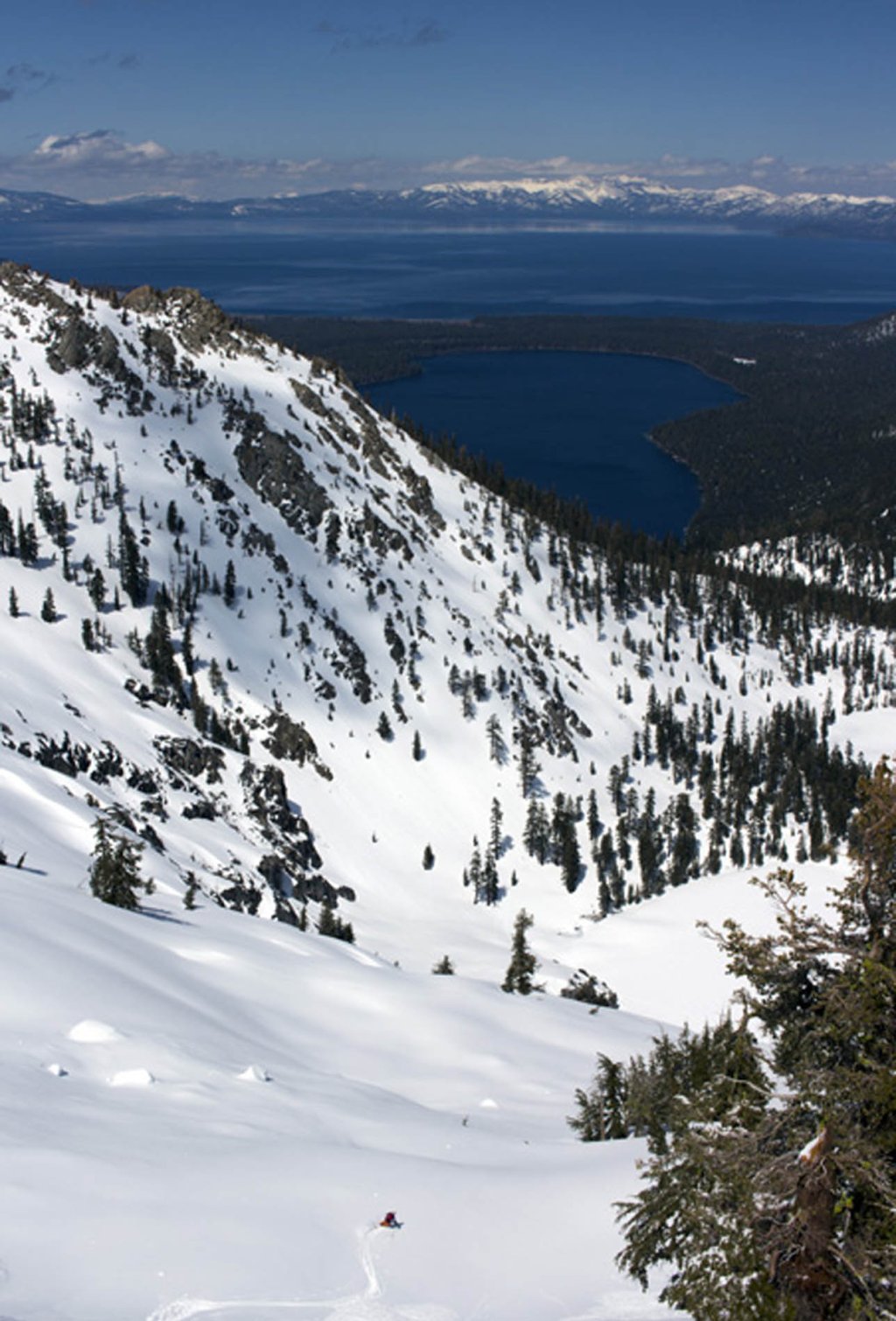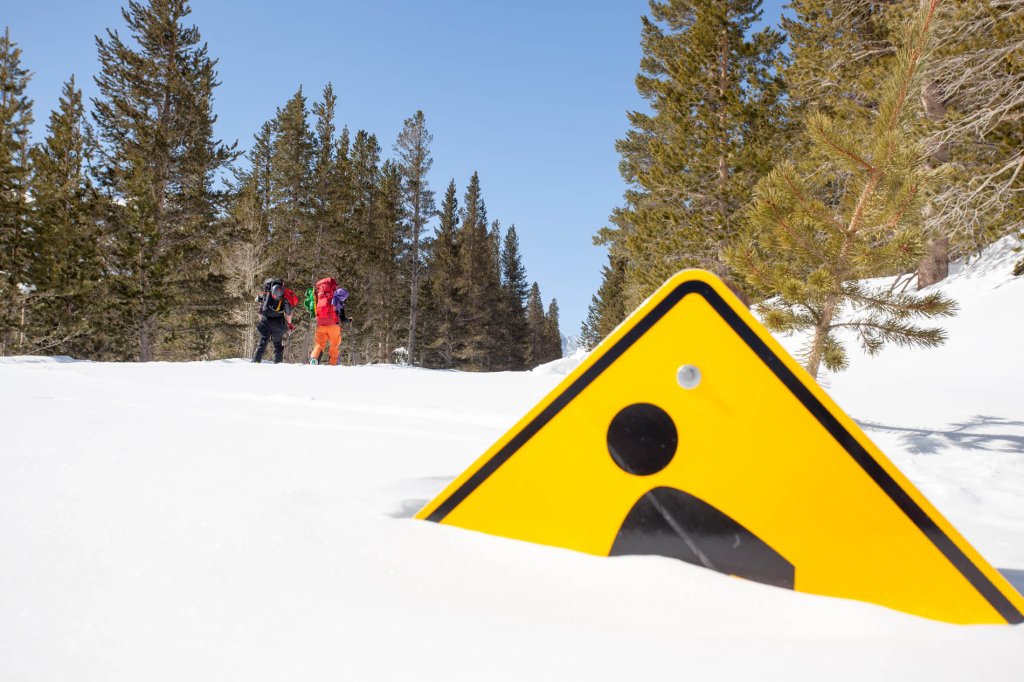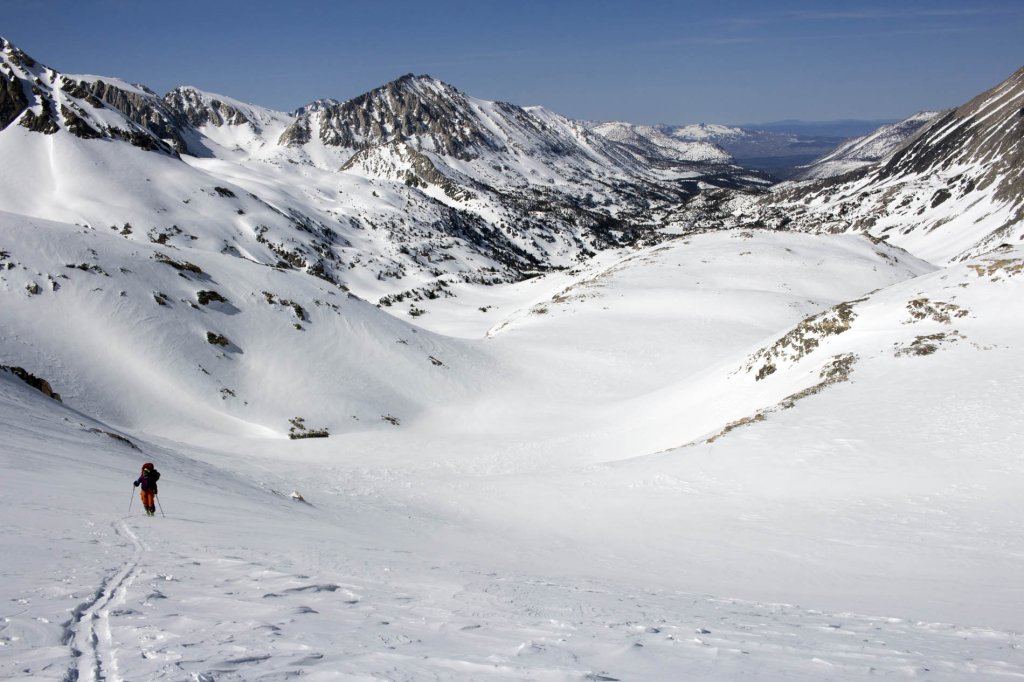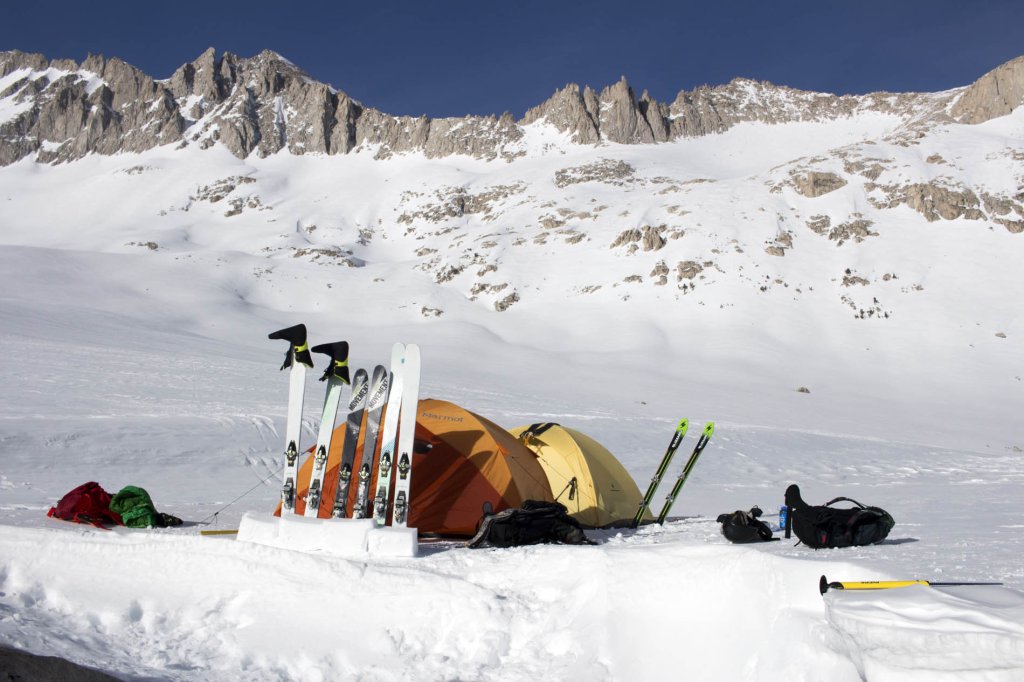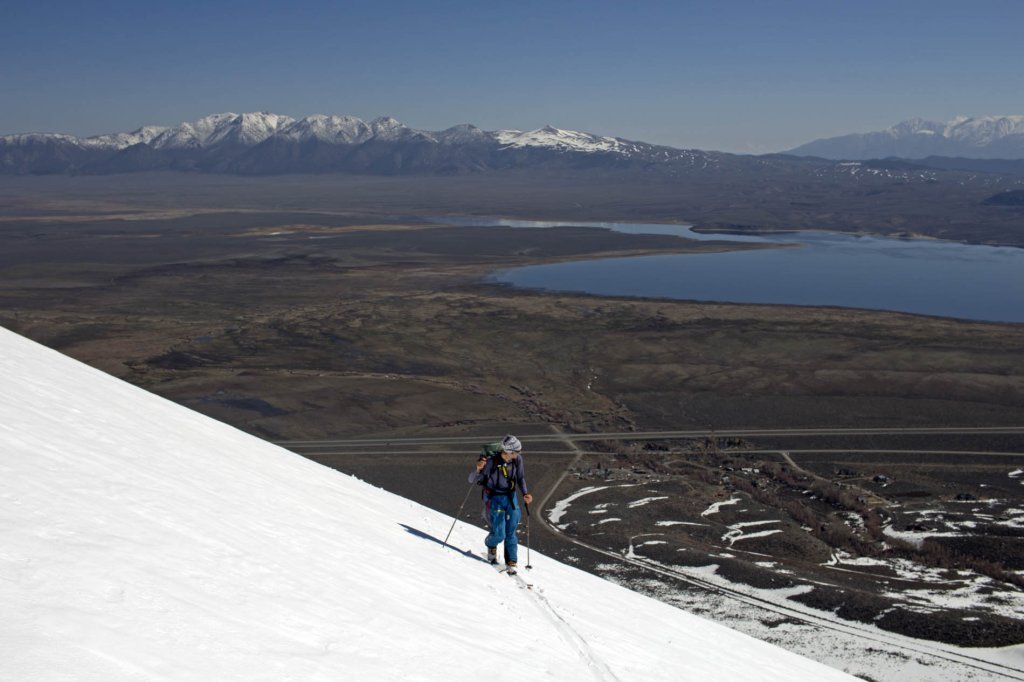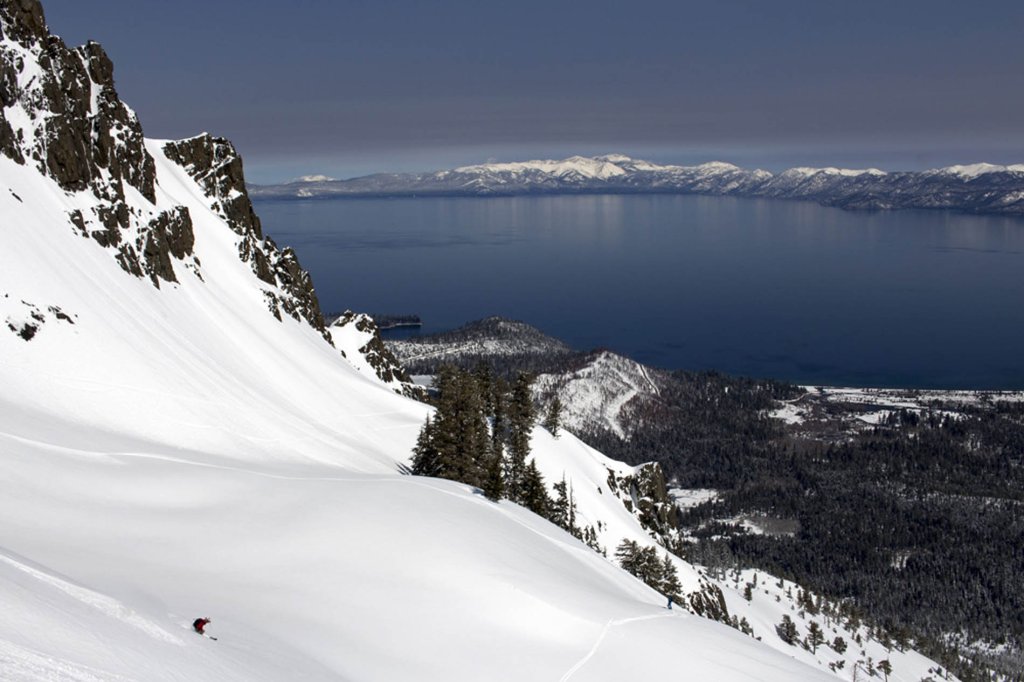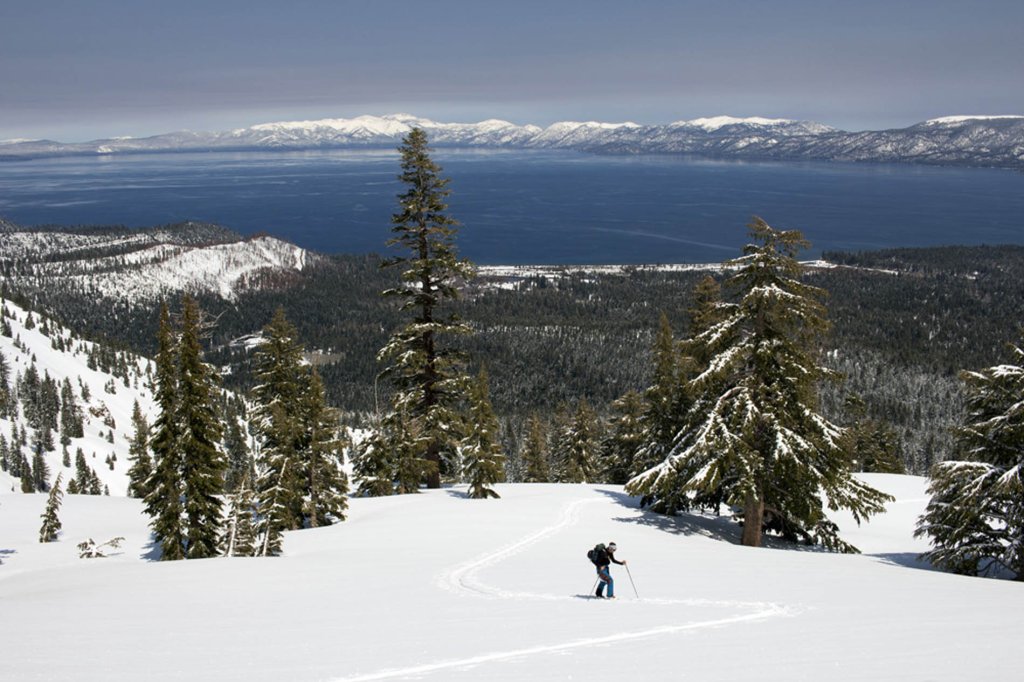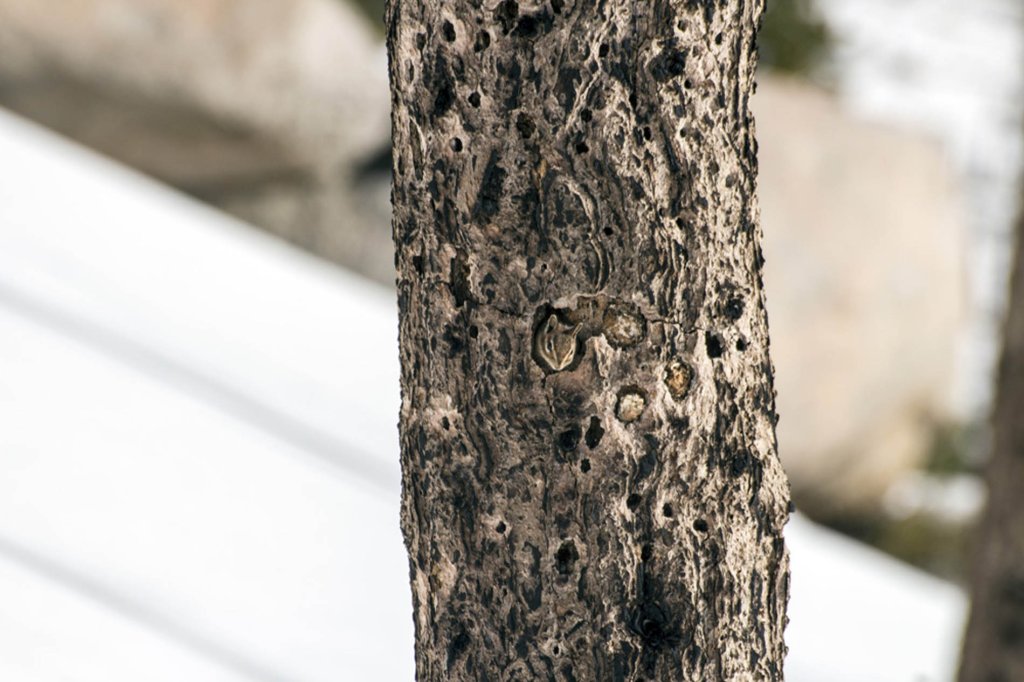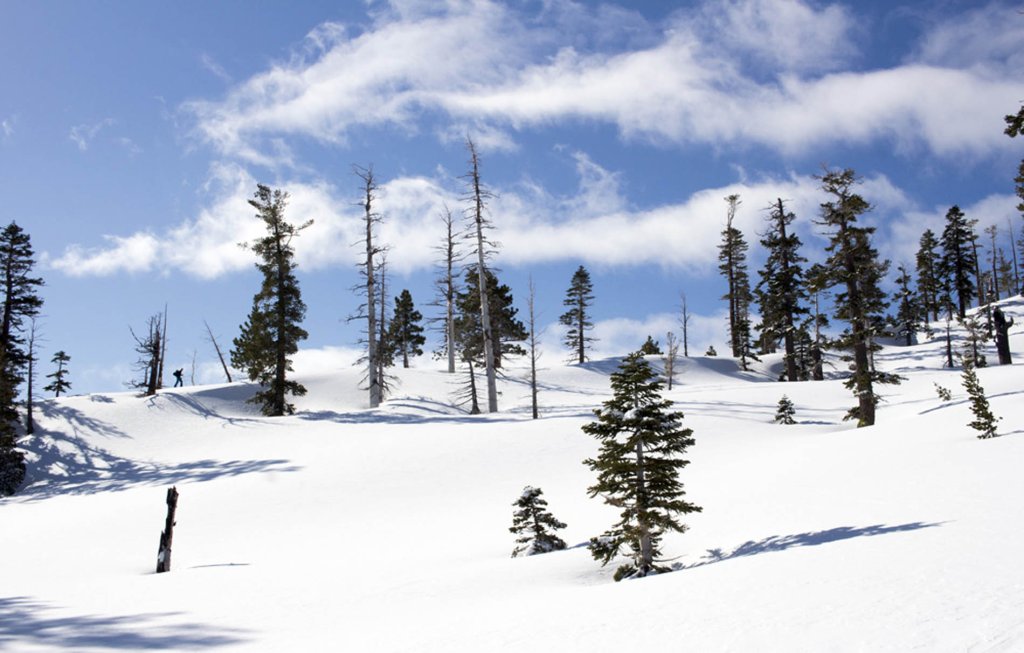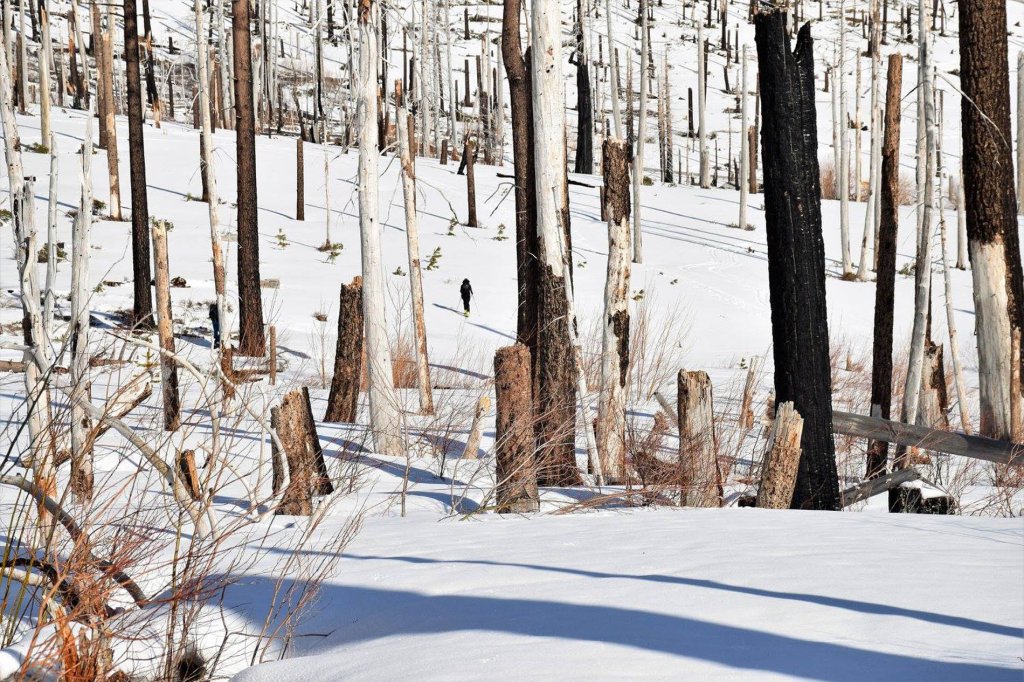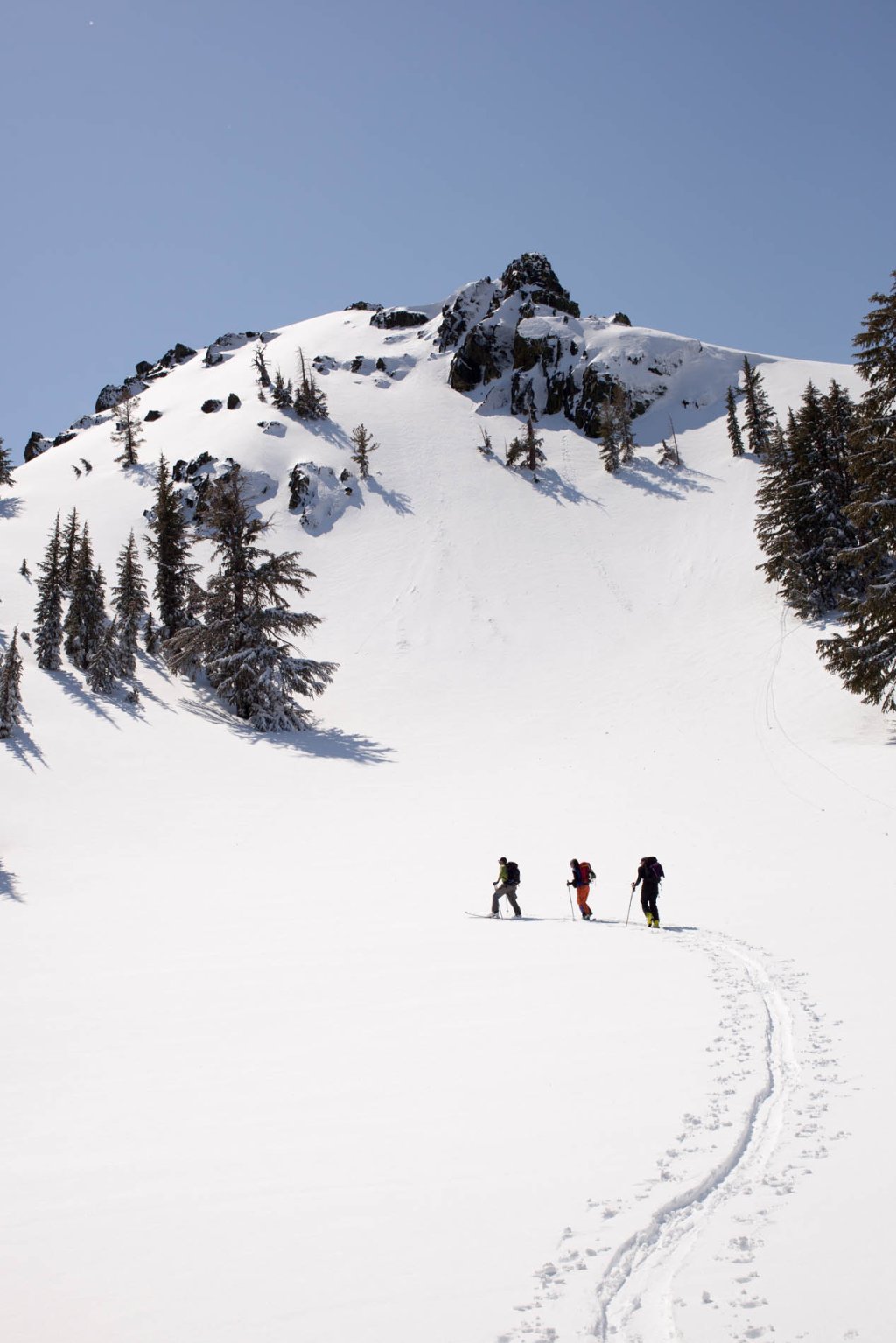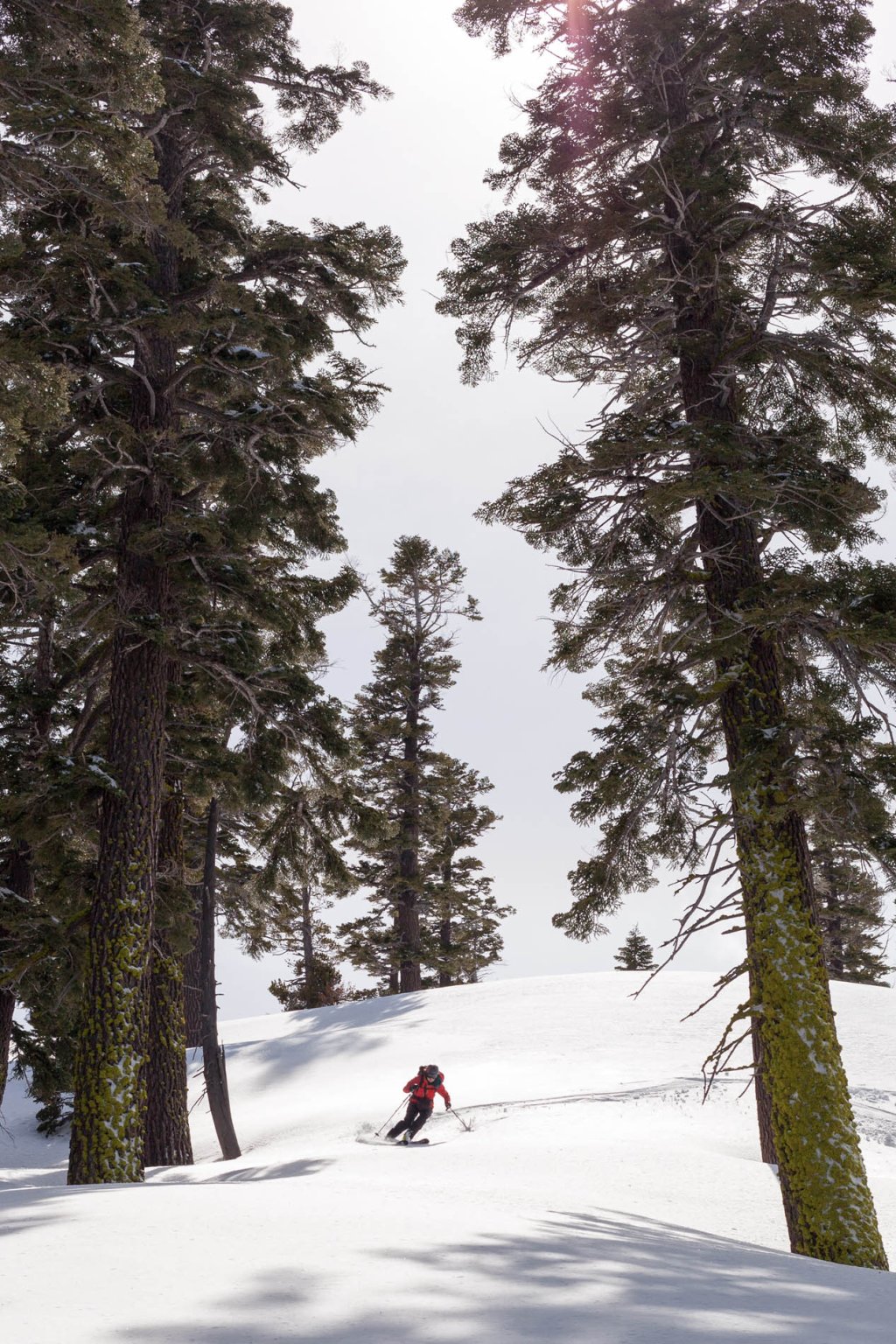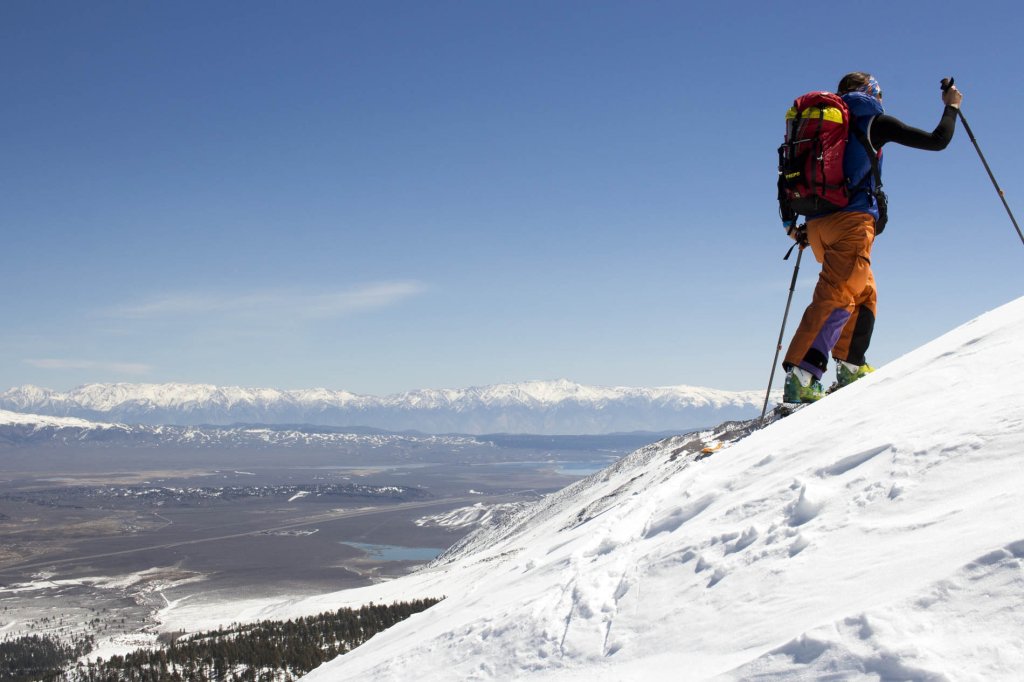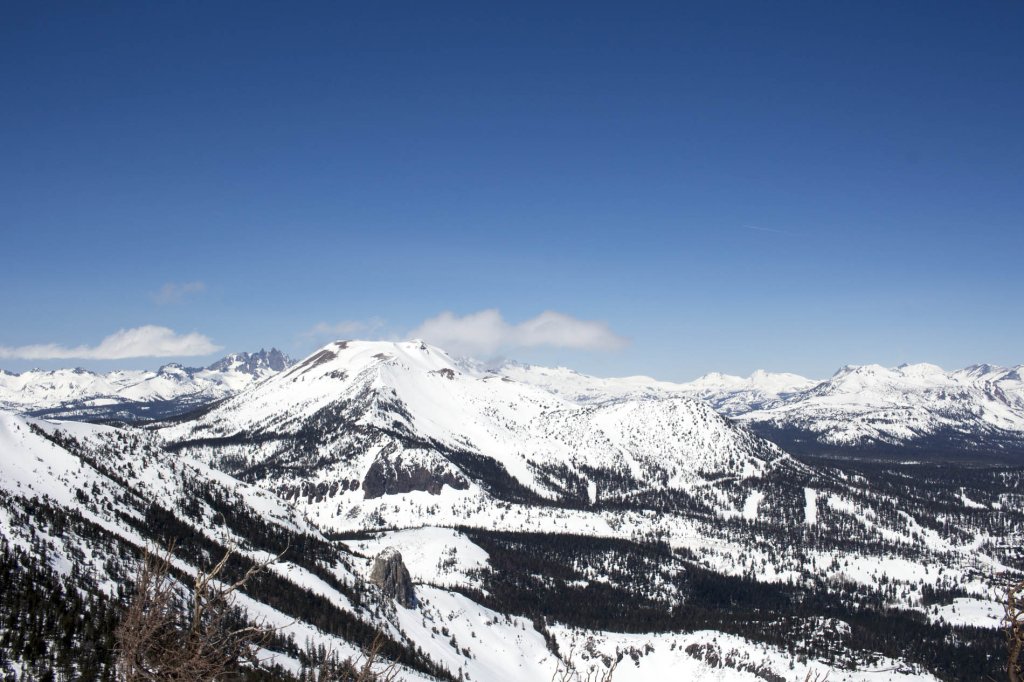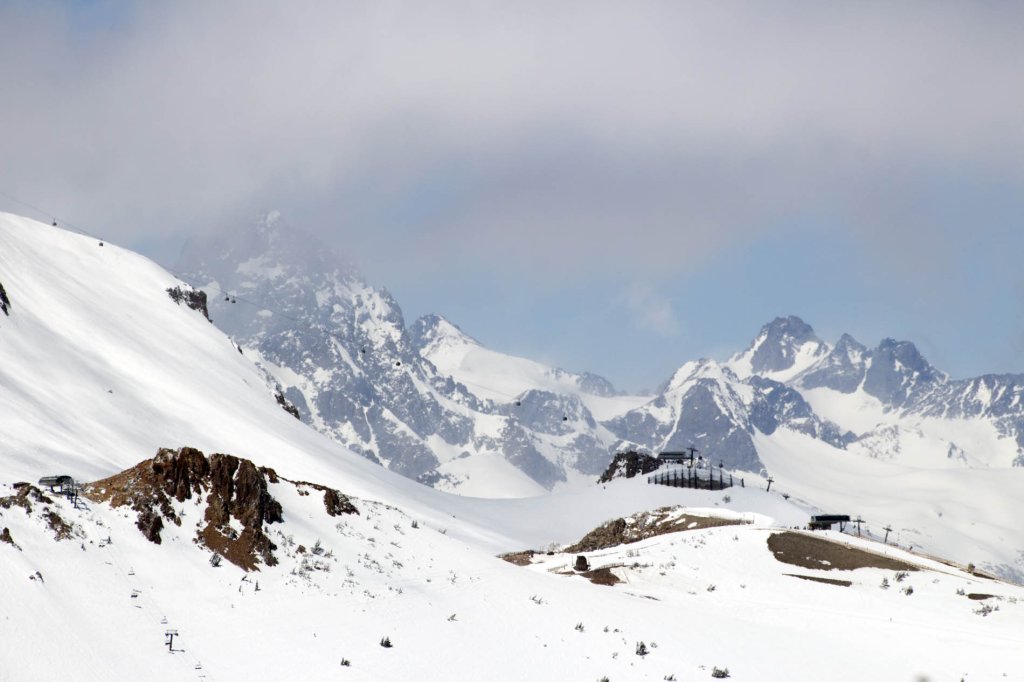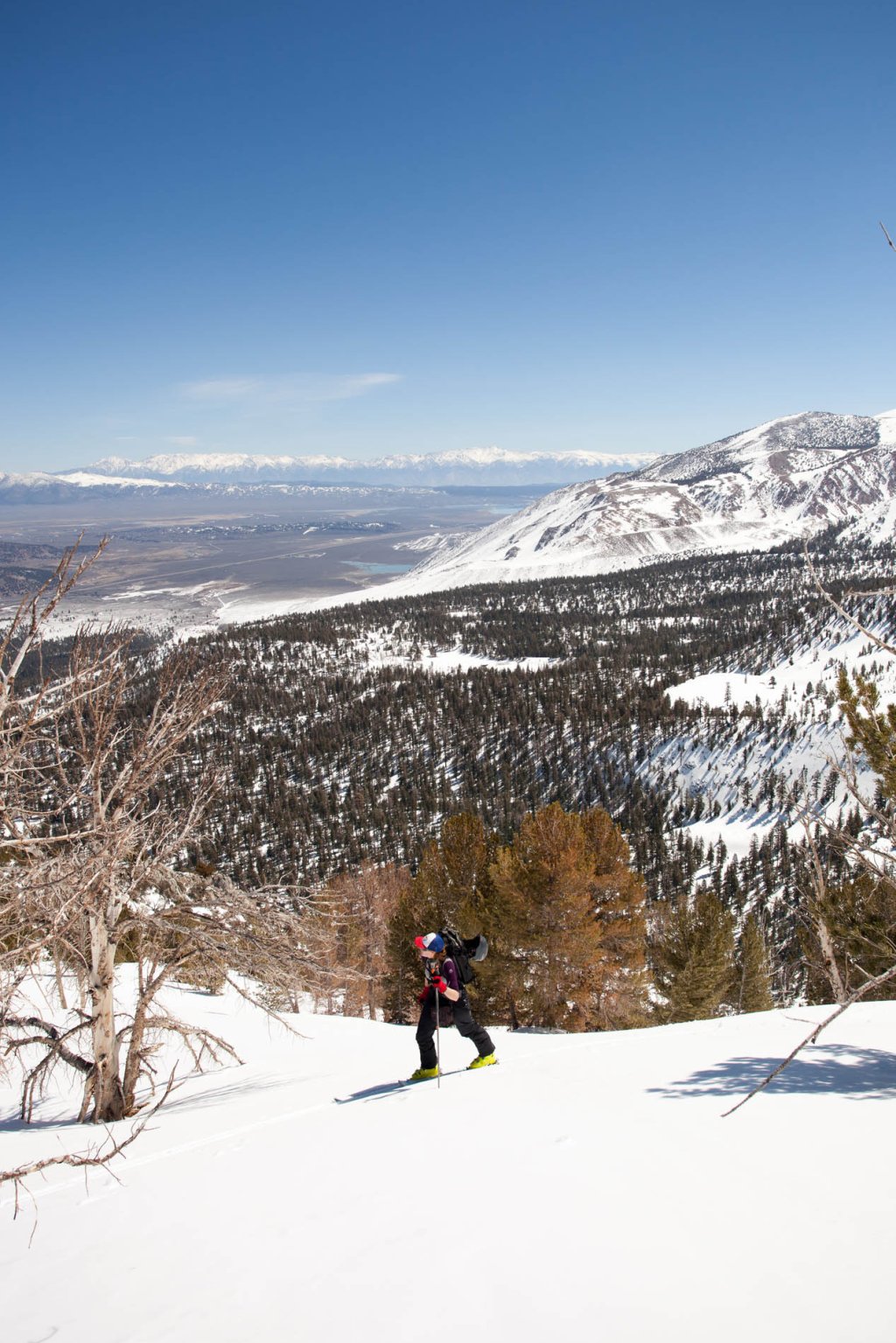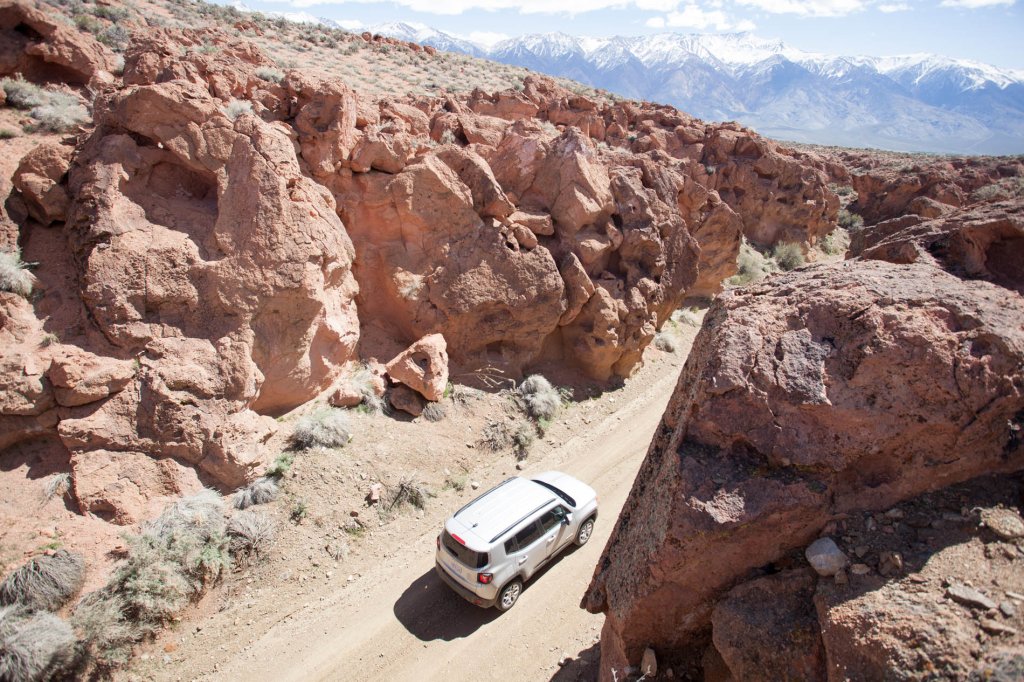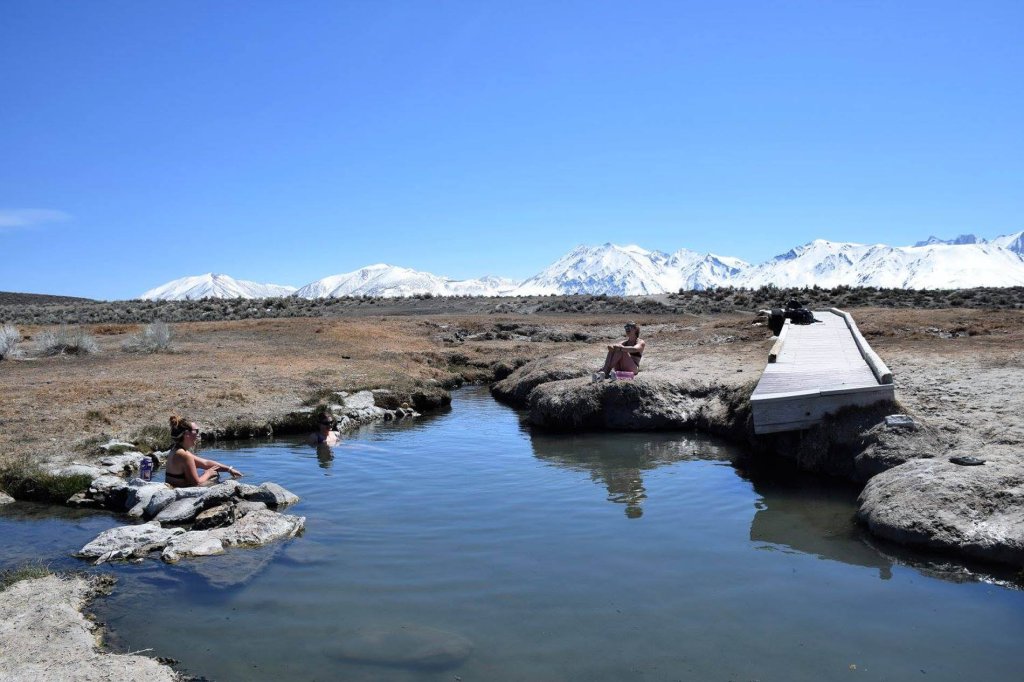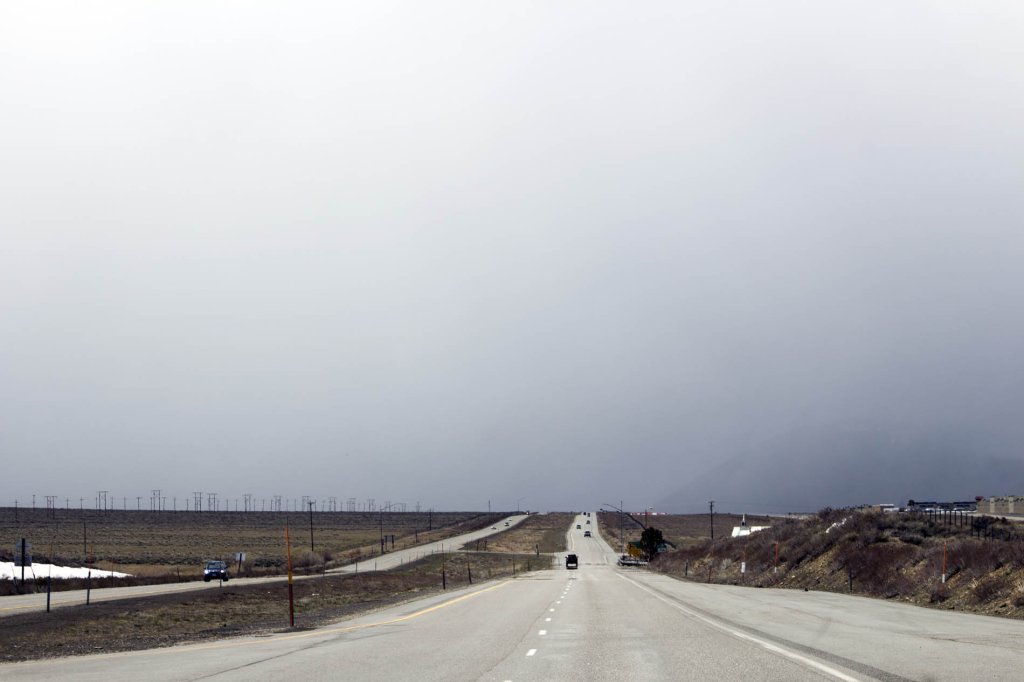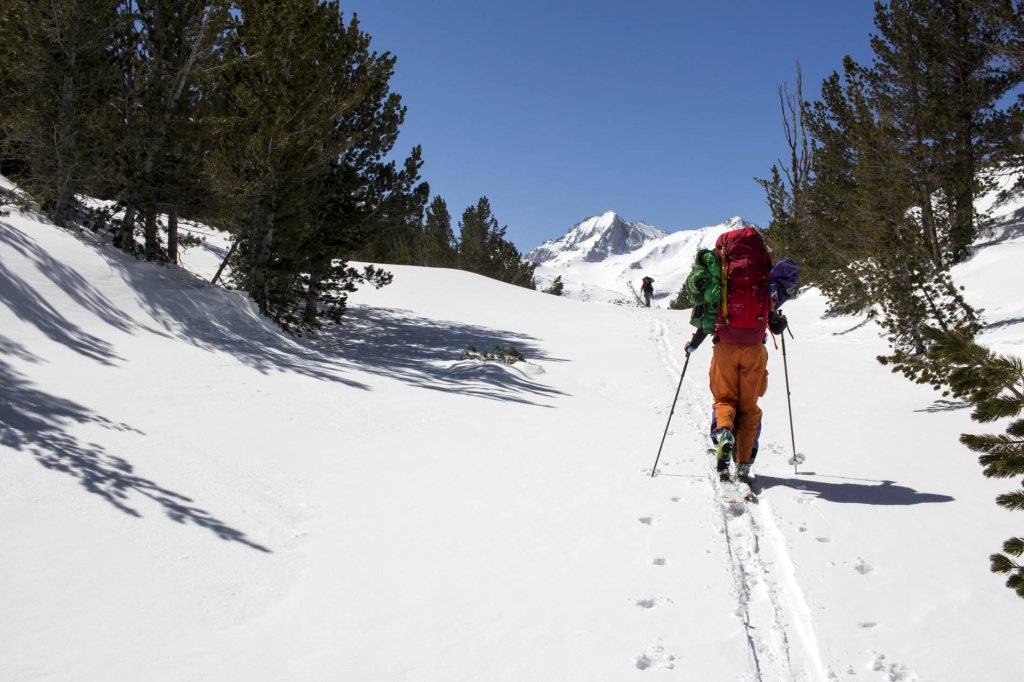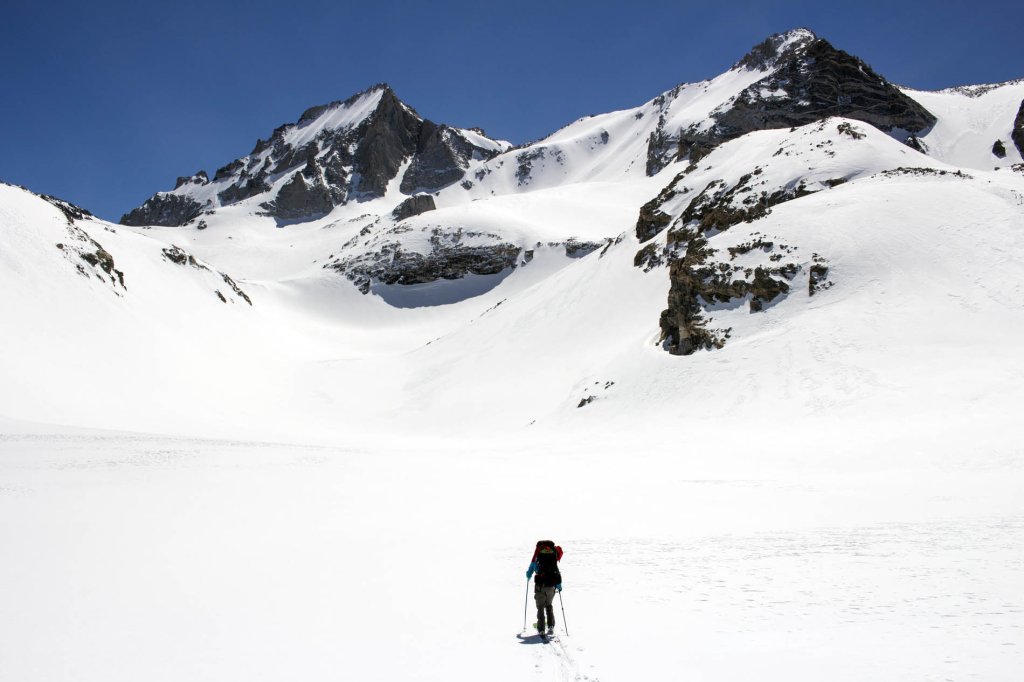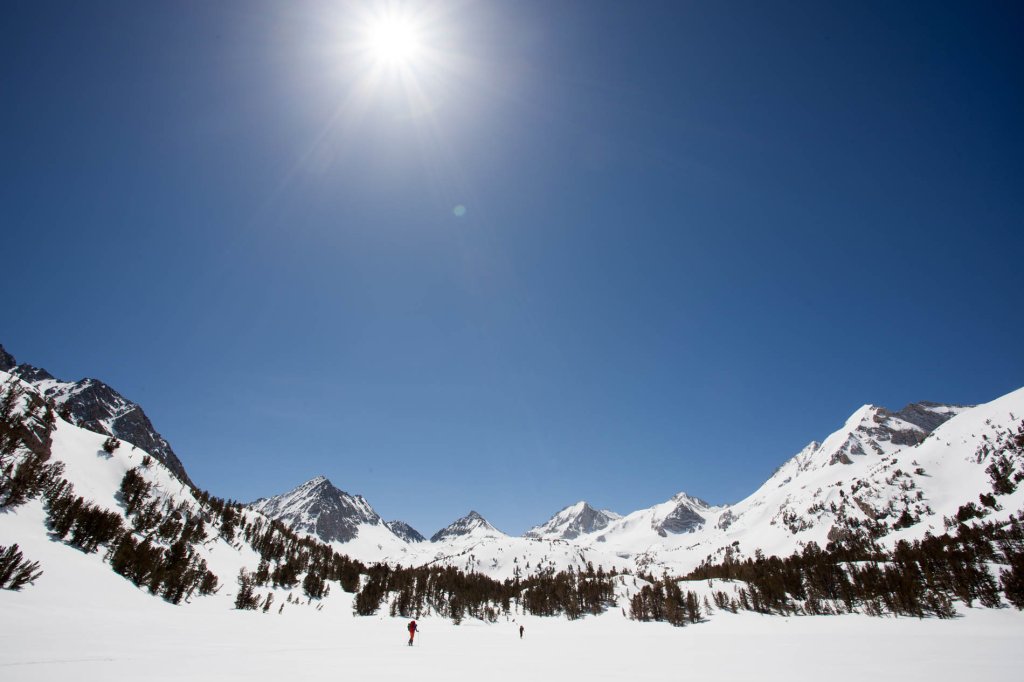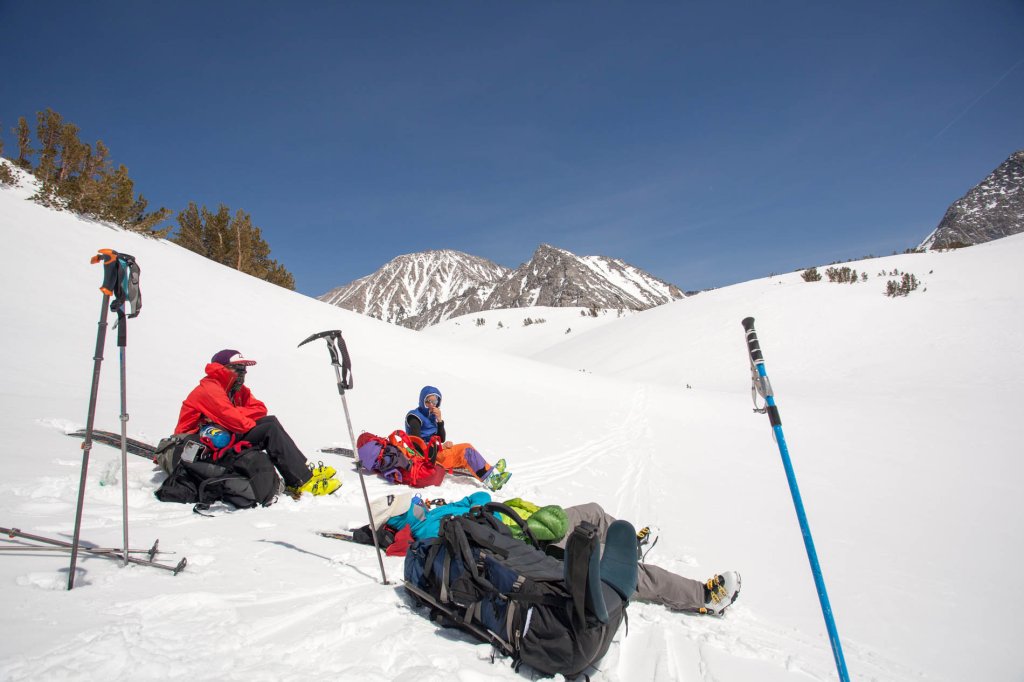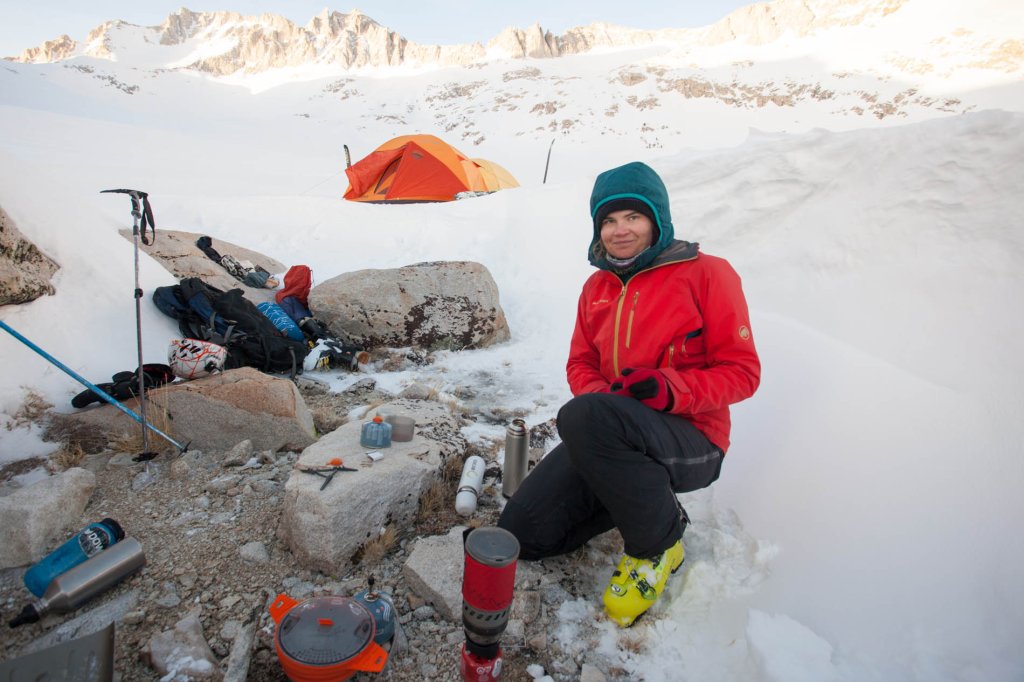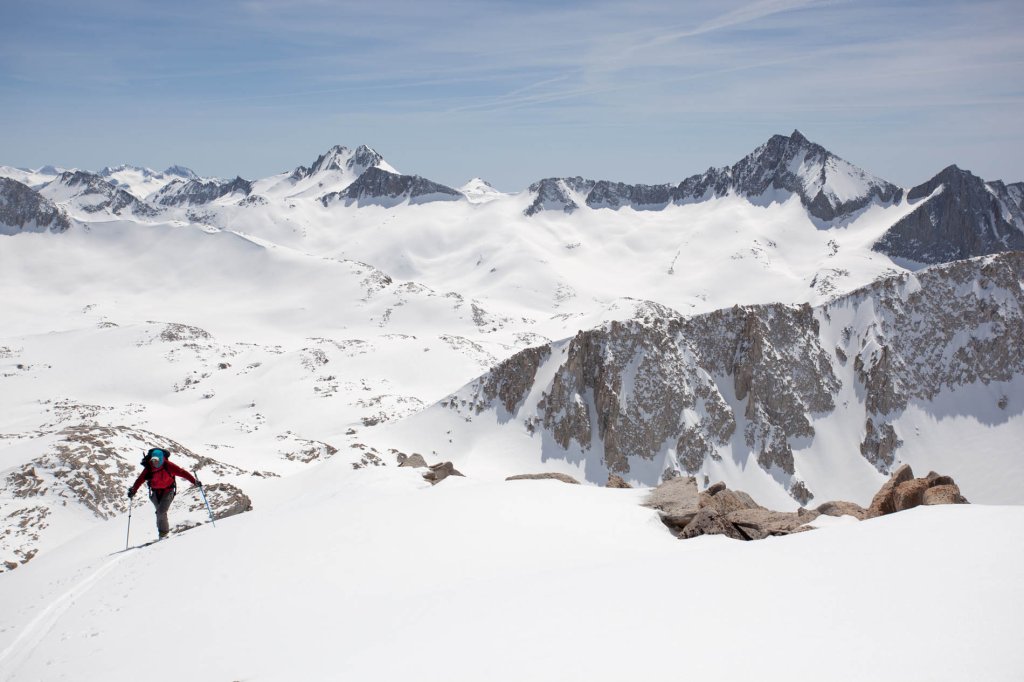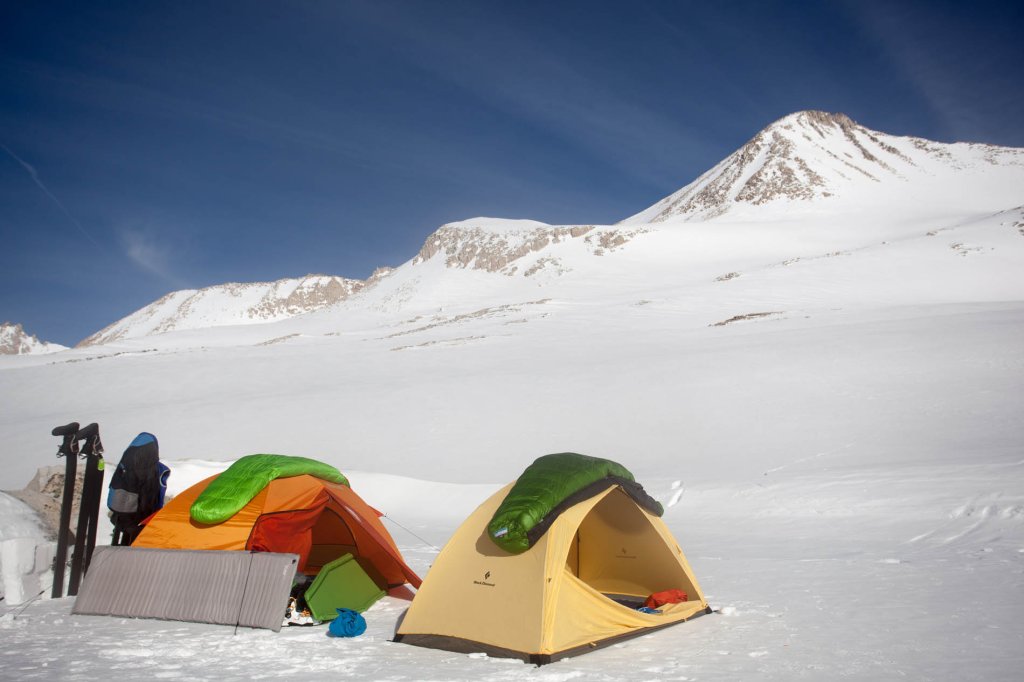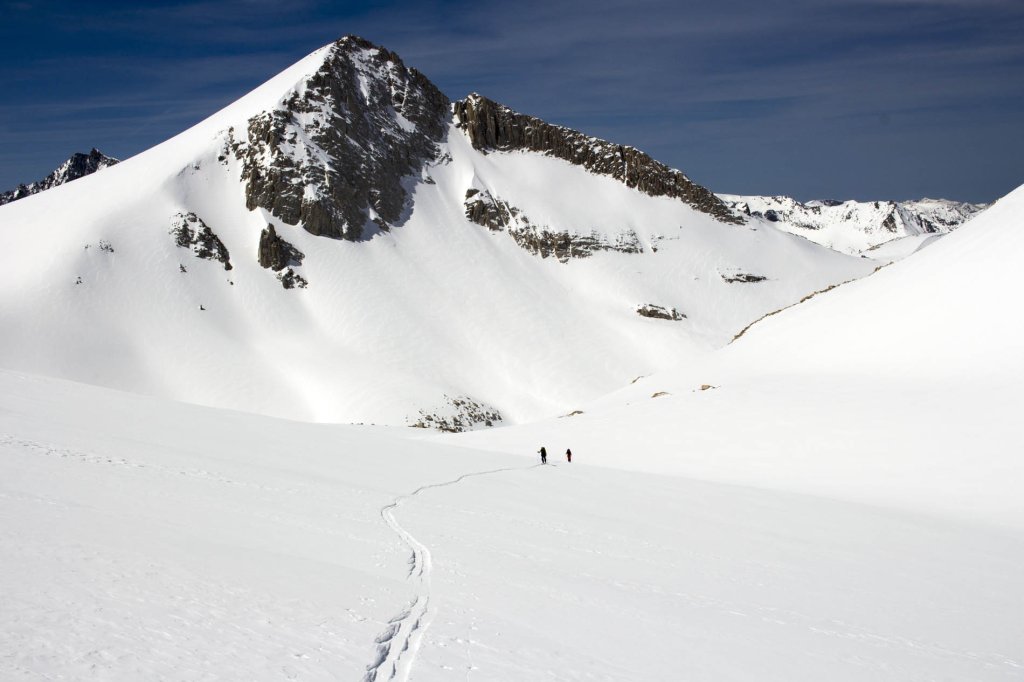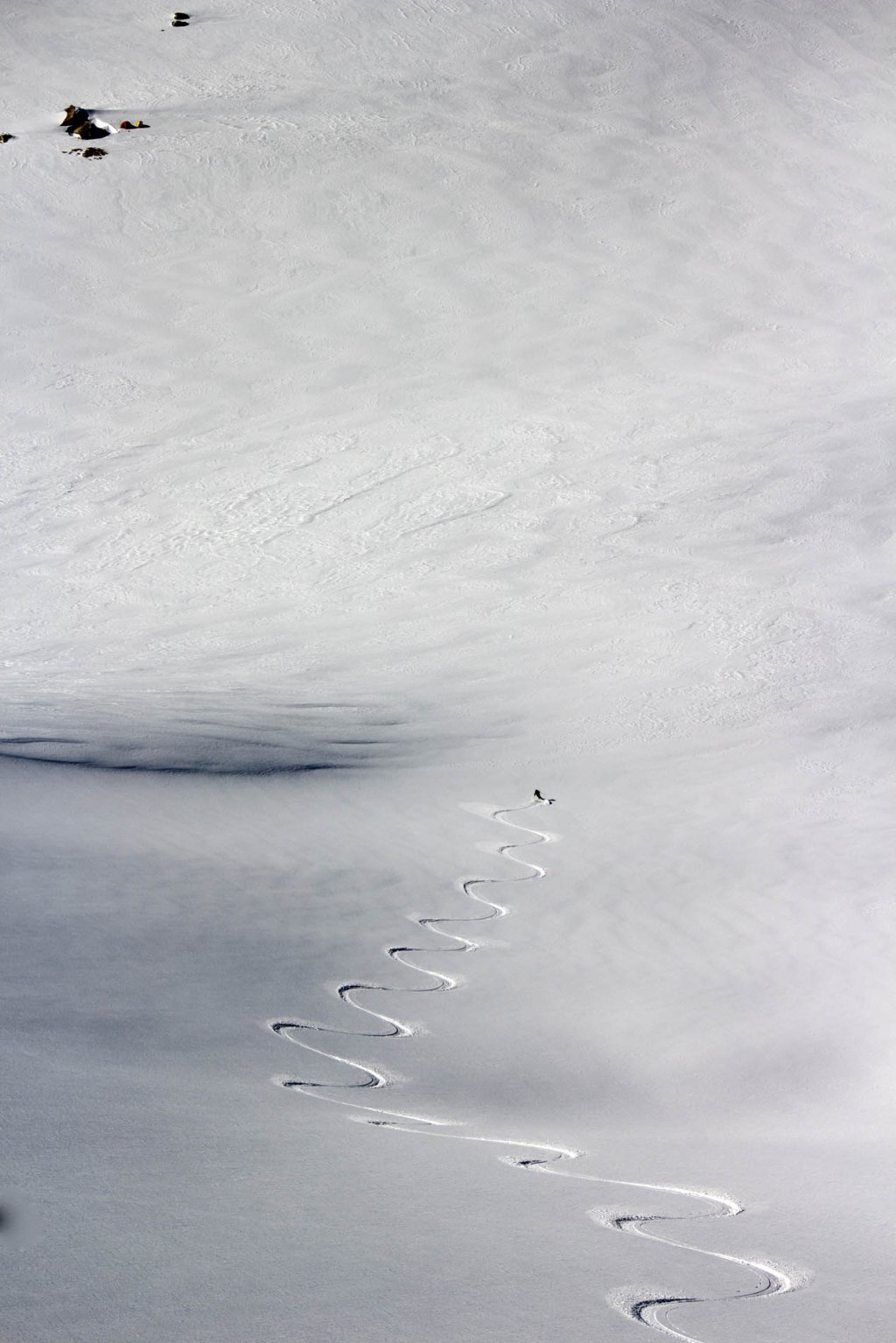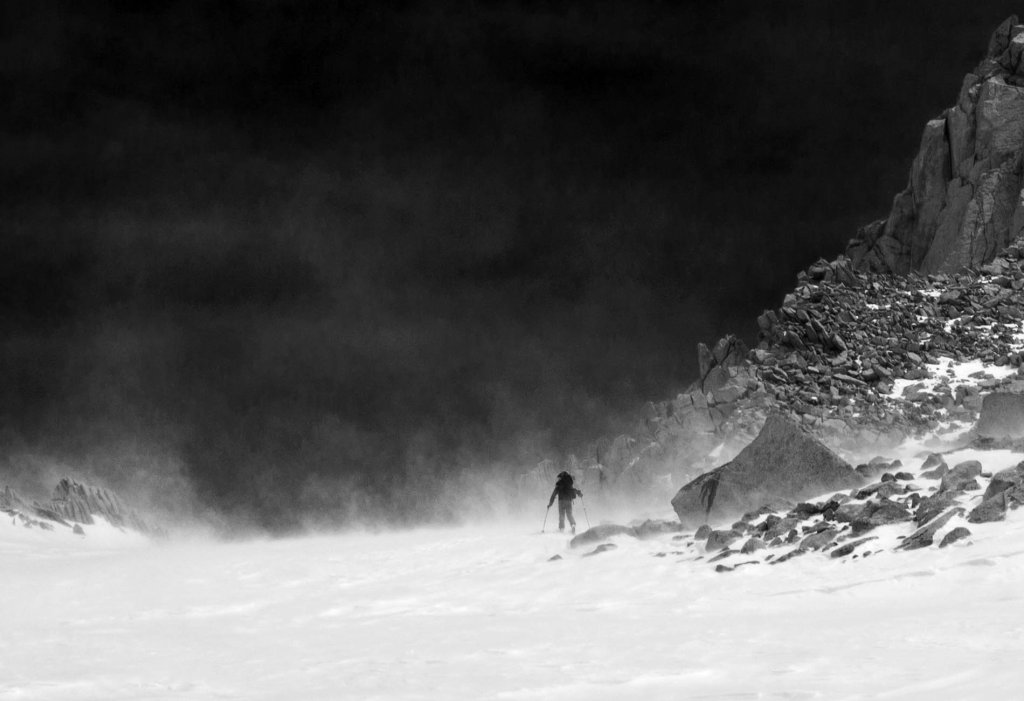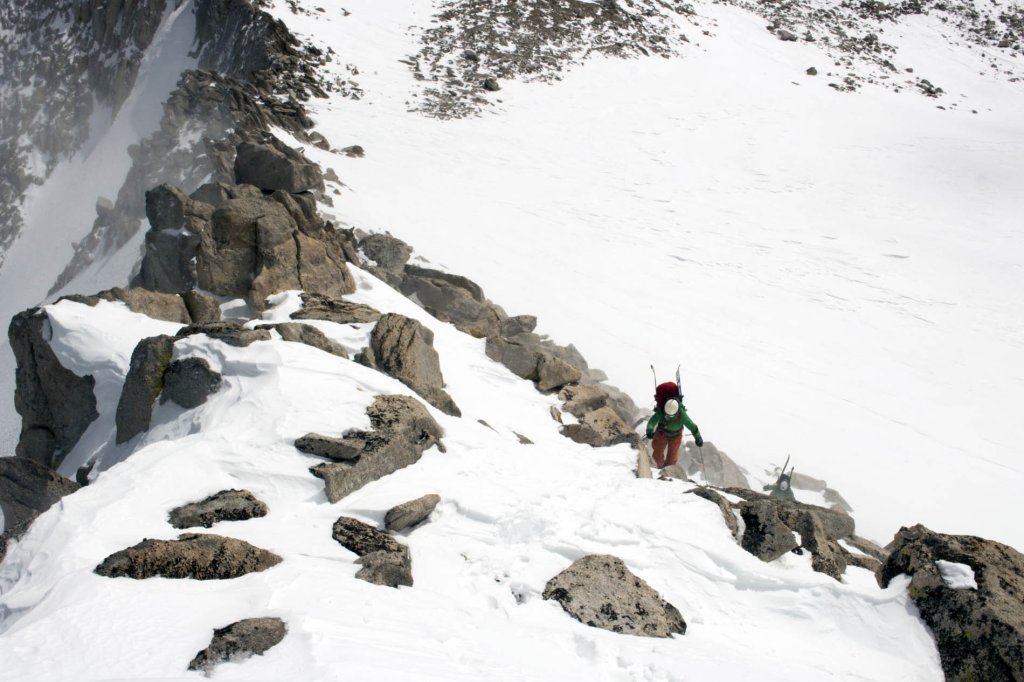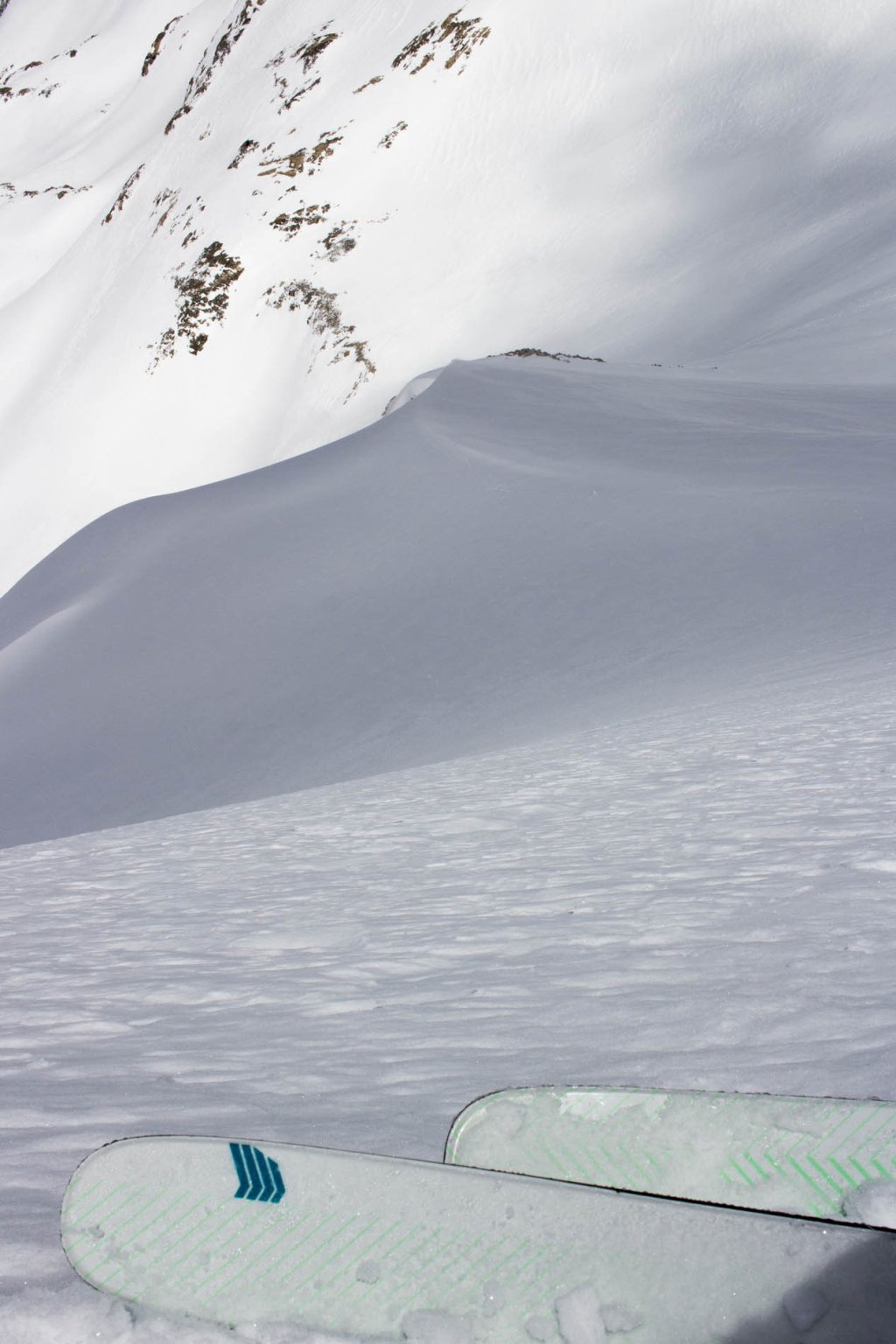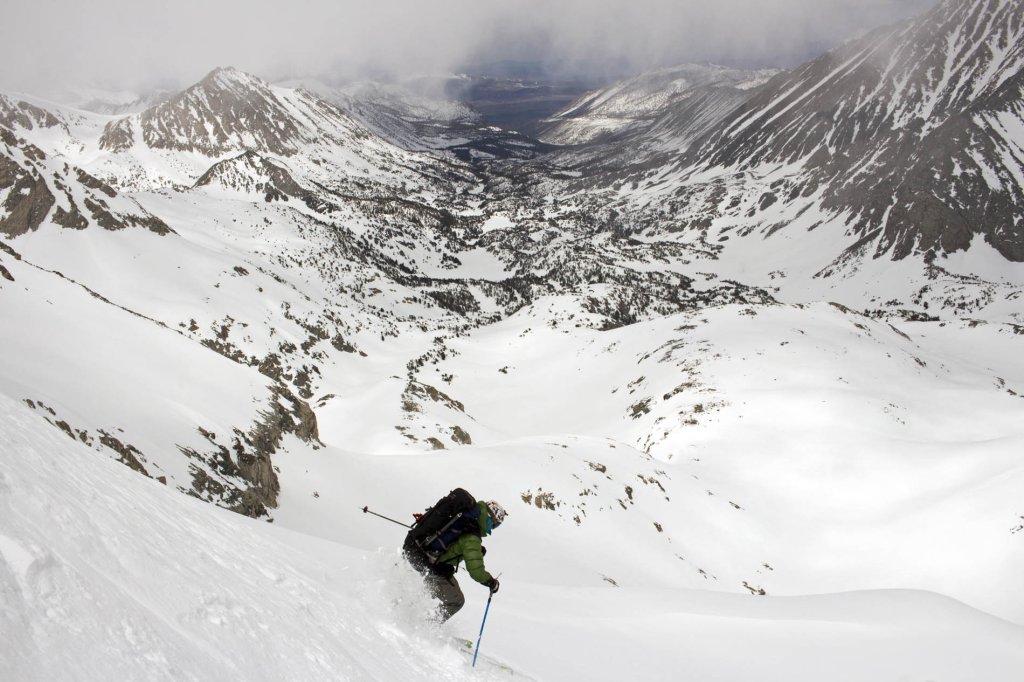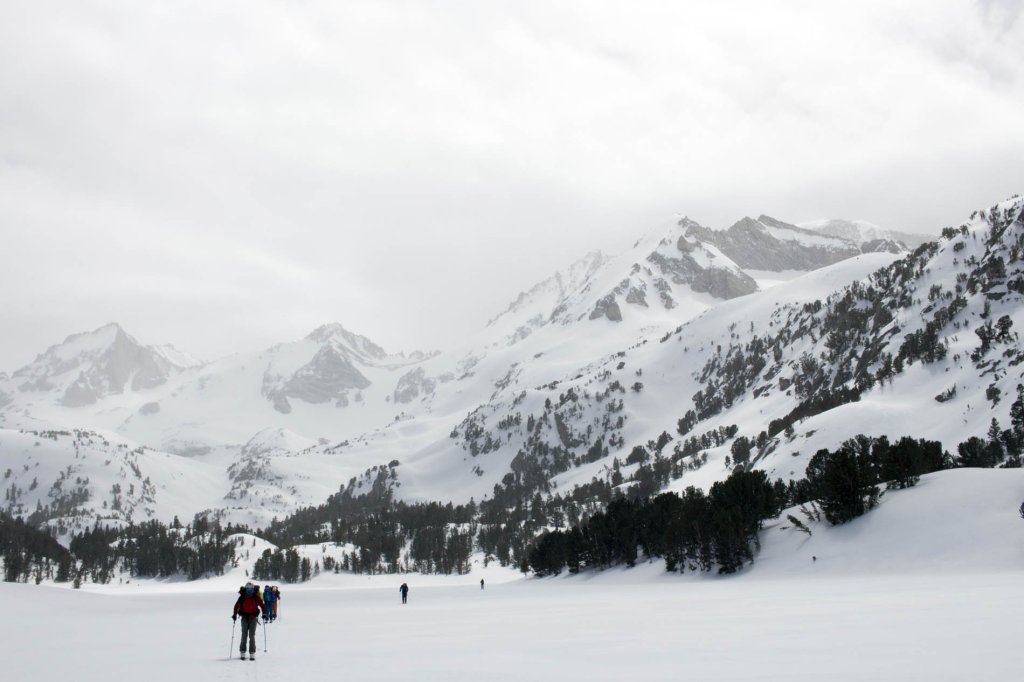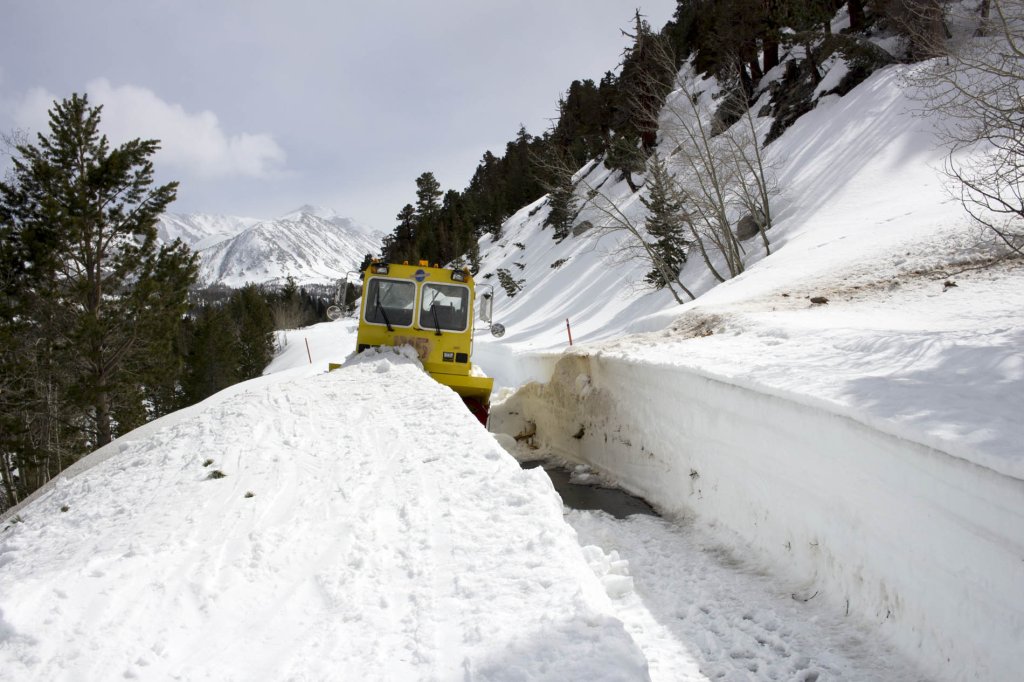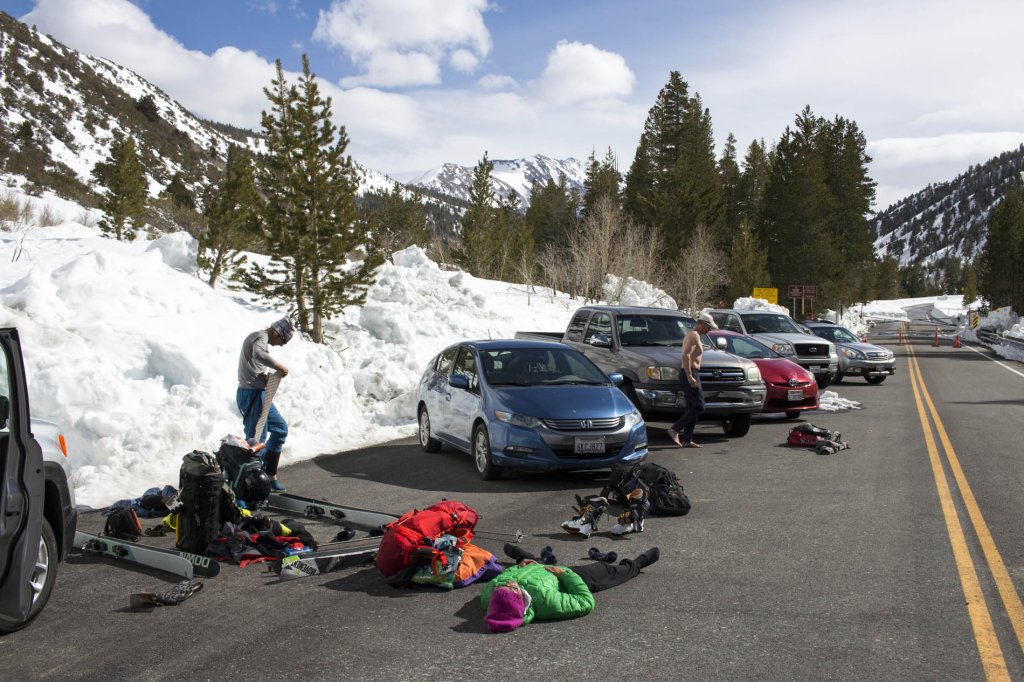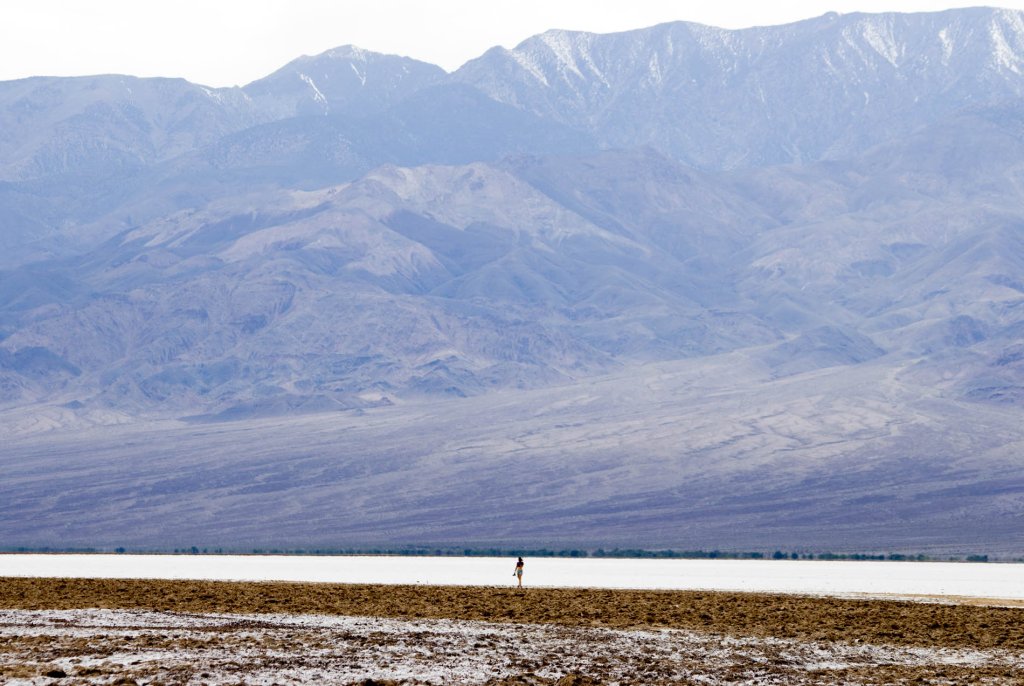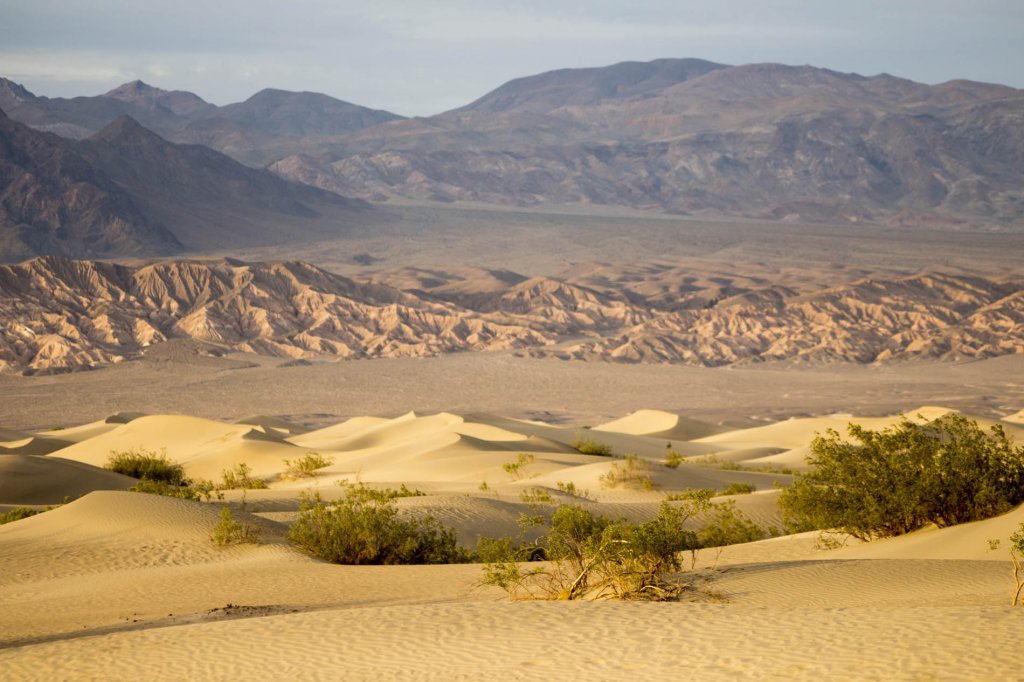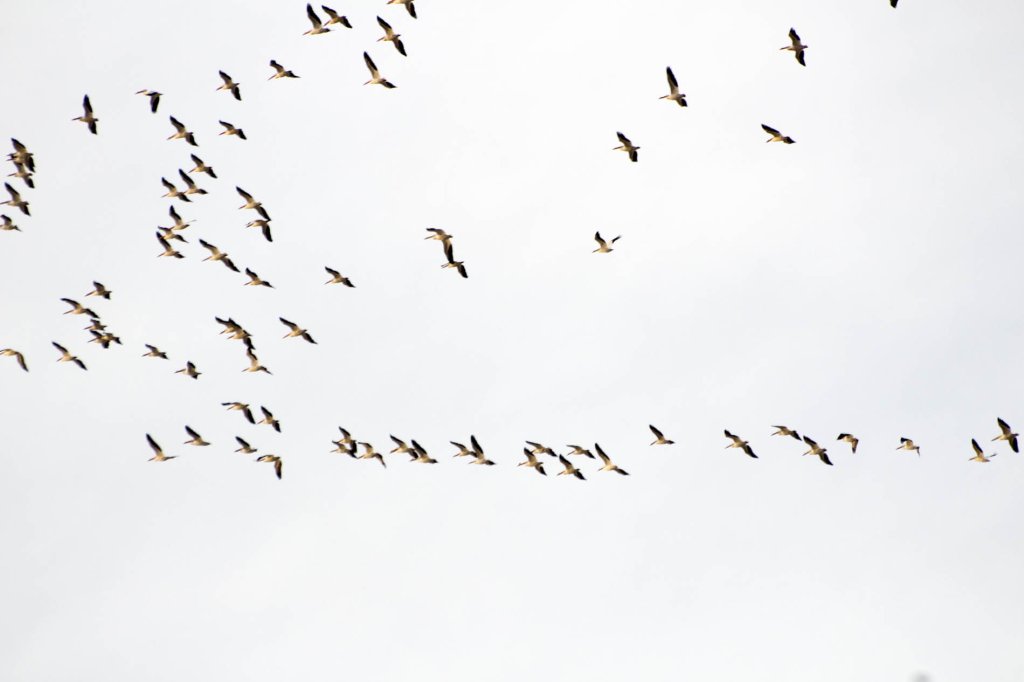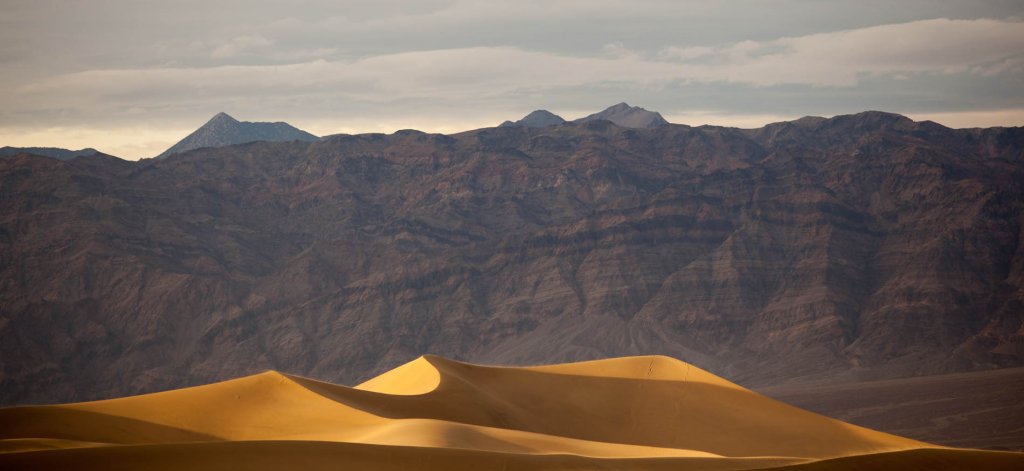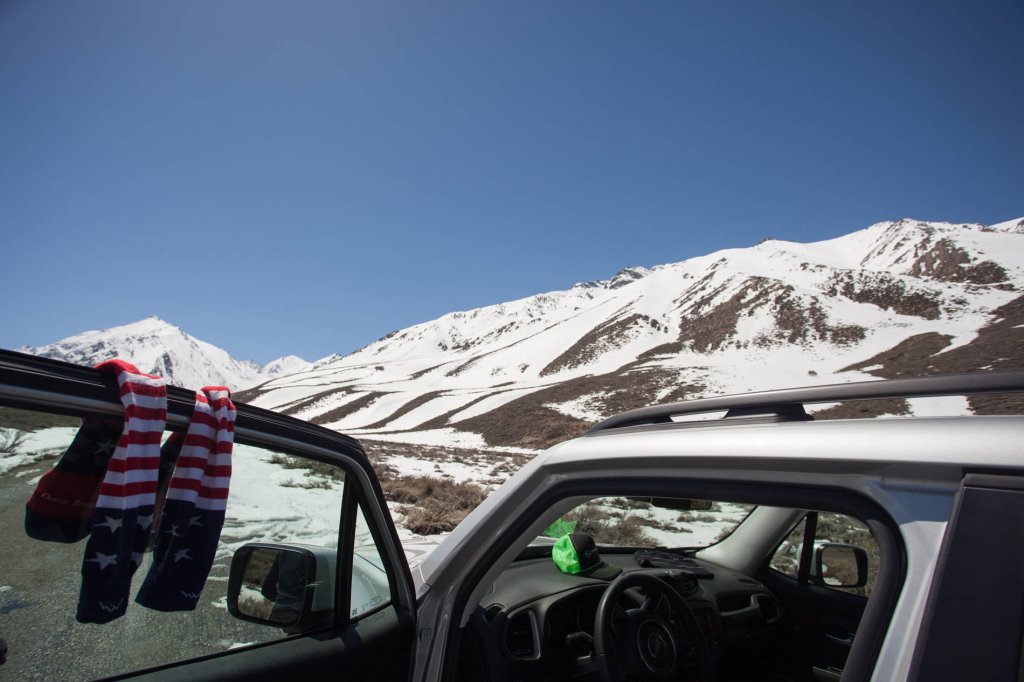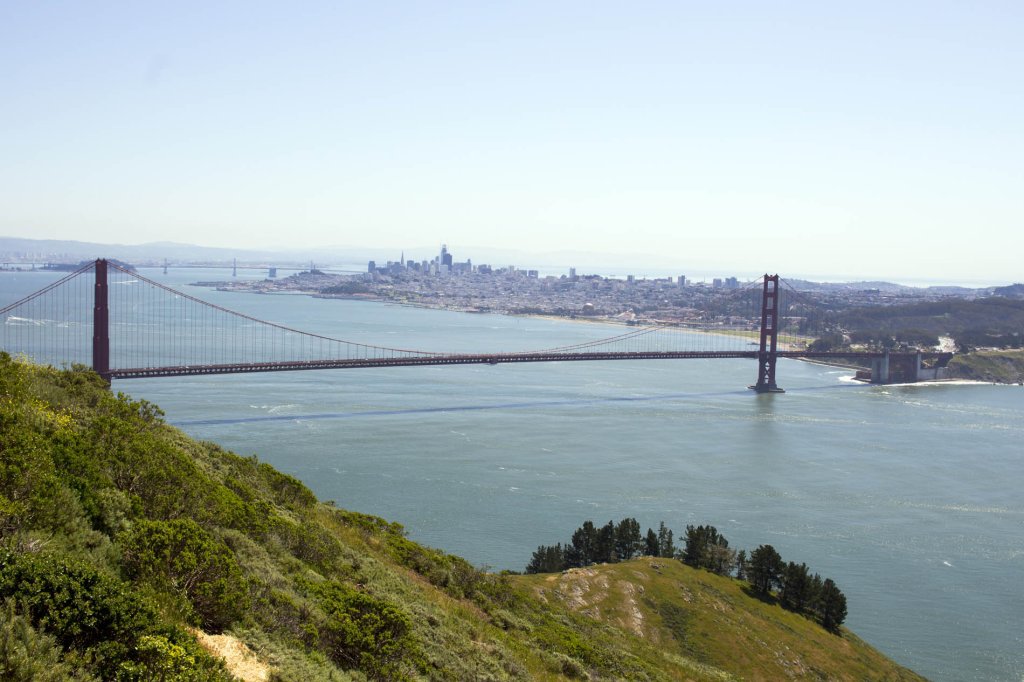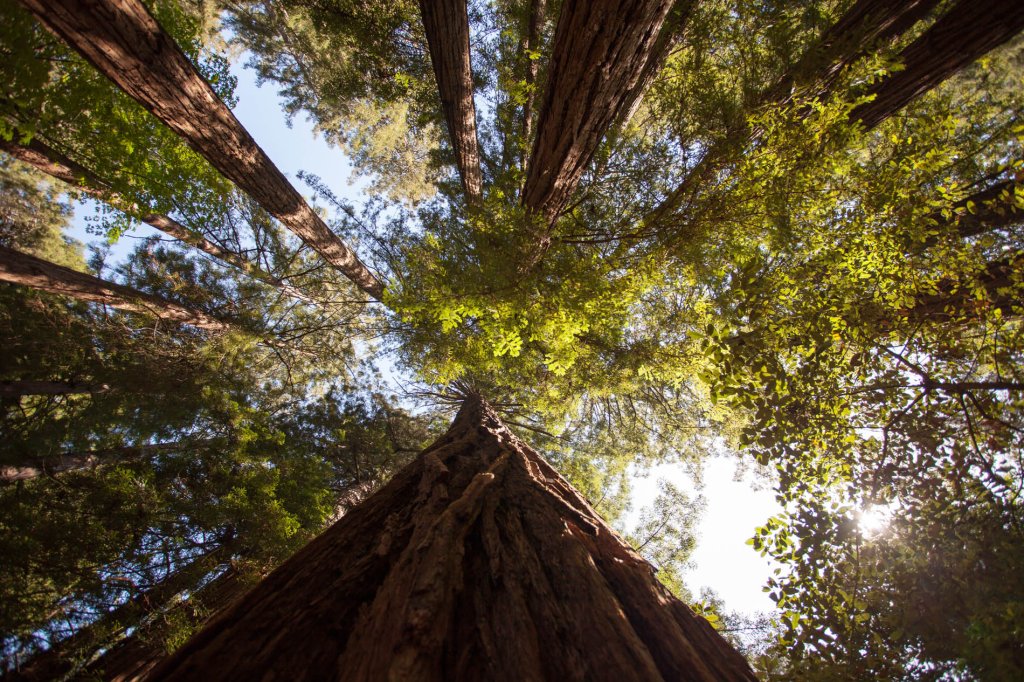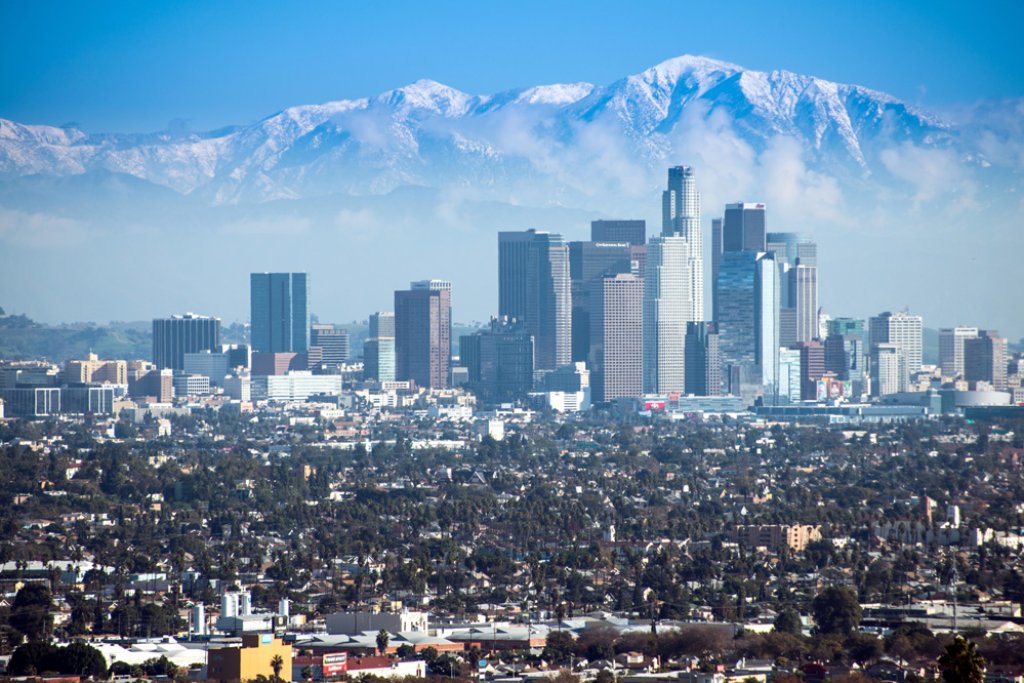At some point in early 2017, it was clear: there is very little snow in the Alps, but lots and lots in California. A friend who had emigrated to California had been raving about the Eastern Sierra for years and, in combination with the frustration of constant contact with rocks at home, this was finally reason enough for an Easter vacation in the USA.
We set off from San Francisco to Tahoe in a rental car to "drive in" for two days. The mountains here are rather rounded, usually with a steep side, and more or less forested right to the top. Frank, Tahoe local and a friend of the friend who emigrated, takes care of us and shows us one of the classic tours at the south end of Lake Tahoe. Powder, sun, a proper base: our first day of skiing in California couldn't be better.
After a second day of touring in Tahoe, we head south towards Mammoth and the "real" Eastern Sierra. The drive leads along the mountains rather than through them. The further east you go on the winding road, the drier it is. To the left, the landscape is steppe-like, and at some point the bizarre rock formations at Monolake appear. To the left, to the east, it is sunny. To the right, however, there is a wall of cloud. The snow begins just below the clouds and gives an idea of the steep ascent.
Mammoth lies behind the wall of cloud at 2400m. While it felt more like spring at Monolake, it is undoubtedly winter here. We slide into the parking lot of our motel in the rental car and flee inside from the biting wind and horizontal snowfall.
The next day is sunny, but still very windy. On Frank's recommendation, we start it with breakfast croissants at Schat's Bakery. The croissants are about three times the size of the usual croissants in Europe and are filled with bacon and scrambled eggs. Afterwards, you will not want to eat anything for a while. Ideal as a ski tour base, provided you don't get too sick.

